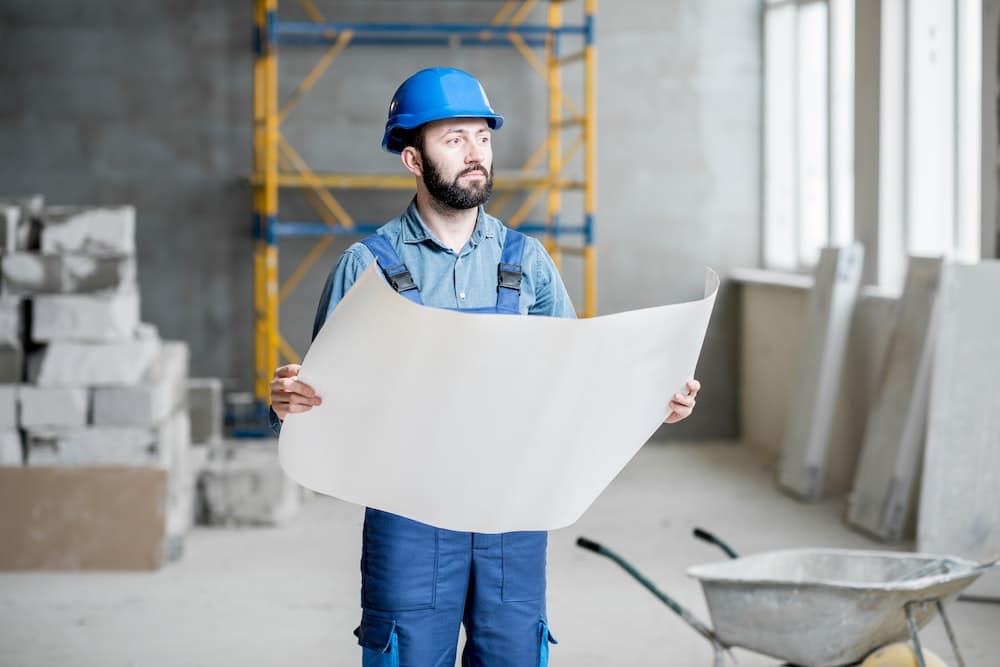How to Construct an Energy-Efficient Passive Solar Greenhouse in a Backyard?

The growing interest in renewable energy sources and sustainable living has brought passive solar greenhouses into the limelight. These structures harness the energy from the sun to create a warm, productive environment for plants all year round. While the concept might sound technical, building a passive solar greenhouse in your backyard can be a straightforward process if you understand the basic principles and techniques involved. This guide will walk you through the key steps and considerations that will help you design and construct an energy-efficient, passive solar greenhouse.
Understanding the Concept of a Passive Solar Greenhouse
Before delving into the construction details, you should first understand what a passive solar greenhouse is and how it operates. Unlike traditional greenhouses that rely on artificial heat sources, a passive solar greenhouse utilizes the sun’s energy to heat the space. It is cleverly designed to capture heat during sunny days and store it for use during cold nights and winter months.
A découvrir également : What’s the Best Way to Incorporate Thermal Mass Walls for Heat Regulation in a Home?
The process is simple: as sunlight pierces the greenhouse’s glazing (transparent covering), it heats up the interior air and surfaces. These warmed surfaces then radiate heat back into the greenhouse, maintaining a constant temperature that allows plants to grow optimally regardless of external weather conditions. The key to this system lies in strategic design and construction, which is what we will explore next.
Selecting the Right Location
The success of your passive solar greenhouse largely depends on its orientation and position. You will have to find a spot in your backyard that receives maximum sunlight throughout the year. Ideally, the longer wall of your greenhouse should face true south to capture the most sun.
A lire aussi : What Are the Top Features to Look for in a Smart Air Quality Monitor for a Nursery?
Additionally, avoid placing the greenhouse where it will be shaded by trees, buildings, or other obstacles, especially during winter when sunlight is least abundant. Another factor to consider is wind direction; placing your greenhouse in a position where it can be protected from prevailing winds will prevent unnecessary heat loss.
Designing for Maximum Solar Gain and Heat Retention
The design of your passive solar greenhouse is crucial for maximizing solar gain and heat retention. It involves the proper selection of glazing material, the inclusion of thermal mass, and a well-planned ventilation system.
For glazing, materials like polycarbonate or glass can be used. However, consider their insulating properties, light transmission rates, and durability before making a choice. Polycarbonate, for instance, offers better insulation than glass and is more resistant to breakage.
Thermal mass refers to materials that absorb, store, and slowly release heat over time. In a passive solar greenhouse, this could be water barrels, concrete, or stone placed at strategic points to capture and store the sun’s heat. On cool nights or during winter, this thermal mass will release heat back into the greenhouse, aiding in maintaining a consistent temperature.
Finally, a well-designed ventilation system is crucial to prevent overheating during the hotter months. Roof vents and doors can provide natural ventilation, allowing hot air to escape and cooler air to enter.
Constructing the Frame and Installing Glazing
The actual construction process begins with erecting the frame. Materials like wood or metal can be used, with each offering its advantages. Wood, for instance, is a good insulator but requires more maintenance than metal.
Once the frame is erected, the next step is to install the glazing. This can be a meticulous process, as the glazing must be installed correctly to prevent heat loss. Ensure it’s well-sealed to keep air and water from seeping in or out of the greenhouse.
Setting up the Interior
With the structure up and glazing installed, the next focus is on setting up the interior. Depending on what you’re growing, you may need to install benches or beds for your plants.
Remember to incorporate your thermal mass elements, such as water barrels or a stone wall. Their location should be strategic, ideally where they can absorb the most sunlight. For example, a water barrel can be placed against the north wall, absorbing sunlight during the day and radiating heat during the night.
As you can see, constructing a passive solar greenhouse in your backyard involves careful planning and execution. But with the right approach, you can create a sustainable, energy-efficient space that promotes year-round plant growth while contributing positively to the environment. With each step, always consider the sun’s role in your greenhouse and how each element – from location to design to construction – can optimize its energy for your plants’ benefit.
Managing Climate Control and Water Usage
Essential to the success of your passive solar greenhouse is the need to effectively manage the microclimate, specifically temperature and humidity controls. The combination of glazing, thermal mass, and ventilation should provide a base for climate control. However, achieving the right balance may require some fine-tuning.
A comprehensive climate control strategy, especially for a year-round greenhouse, might include a climate battery or a solar heating system. A climate battery is a subterranean air-circulation system. During the day, excess heat is driven underground and stored in the soil. At night, this heat is released back into the greenhouse. This system can help to stabilize temperatures and reduce heat loss.
Humidity control is integral to maintaining the health of your plants and preventing mold growth. A drip or mist irrigation system can help manage water usage and control humidity. Regular monitoring of humidity levels is crucial, and consider installing a hygrometer for accurate readings.
Aligning Greenhouse Design with Plant Requirements
The design of your passive solar greenhouse is not only about harnessing solar energy but should also align with the specific requirements of the plants you intend to grow. Different plants have different needs in terms of light, temperature, and humidity. For instance, plants like tomatoes and cucumbers thrive in high light and warm conditions, while leafy greens prefer cooler, lower light conditions.
Consider the height of your plants when constructing the greenhouse’s frame, especially if you’re planning to grow tall plants or trees. Also, consider the growth patterns of your plants. Vining or trailing plants might require trellises, while root vegetables need deep beds.
Conclusion
Constructing a passive solar greenhouse in your backyard represents a significant move towards sustainable living and self-sufficiency. It’s a process that demands careful planning, from selecting the right location to designing for maximum solar gain and heat retention, constructing the structure, managing climate control, and aligning greenhouse design with plant requirements.
However, the effort is well worth it. A properly designed passive solar greenhouse can extend your growing season, allowing you to cultivate a wider variety of plants year-round. It can also significantly reduce your reliance on external energy sources and contribute to a healthier environment.
Remember that the purpose of building a passive solar greenhouse is to create a space that harnesses solar energy effectively for plant growth. Keep the sun in mind at every stage of construction, from the initial site selection to the final touches inside the greenhouse.
Embrace the challenges that come with this rewarding project and enjoy the fruits (and vegetables!) of your labor. In the end, not only will you be rewarded with a bountiful harvest, but you will also play a part in promoting sustainable living and the use of renewable energy. So, get started on your passive solar greenhouse journey today!
